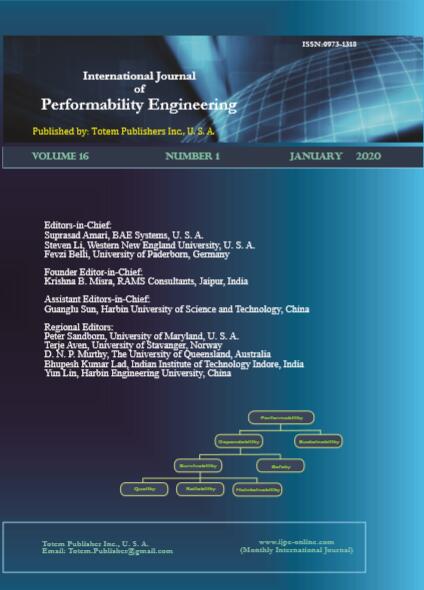In Norway, the current regulation for permanent plugging and abandonment of offshore wells is prescriptive, where the requirements for the number and size of plugs do not consider the different types of wells. One then disregards the fact that the wells differ with respect to, for example, flow potential. A differentiation between the wells could allow for cost-saving benefits from the least critical wells, which environment. In this regard, a special challenge lies in how much weight should be given to uncertainties and, in particular, the cautionary principle. In this paper, we look more closely into this issue. We conclude that it is not appropriate to use a static approach to manage plug and abandonment operations. As different ways of plugging and abandonment may be appropriate depending on the well situation, the approach should allow different weights to be given to uncertainties and the cautionary principle. Wells with limited flow potential, for example, should not give as much weight to the cautionary principle as wells with high flow potential. We argue for the use of a dynamic approach to manage plug and abandonment operations, ranging from one extreme, where decisions are made with strong reference to expected cost for some plug and abandonment wells, to another, where the cautionary principle is adopted instead for other wells, with a strong reference to leakage consequences (such as environmental aspects).

